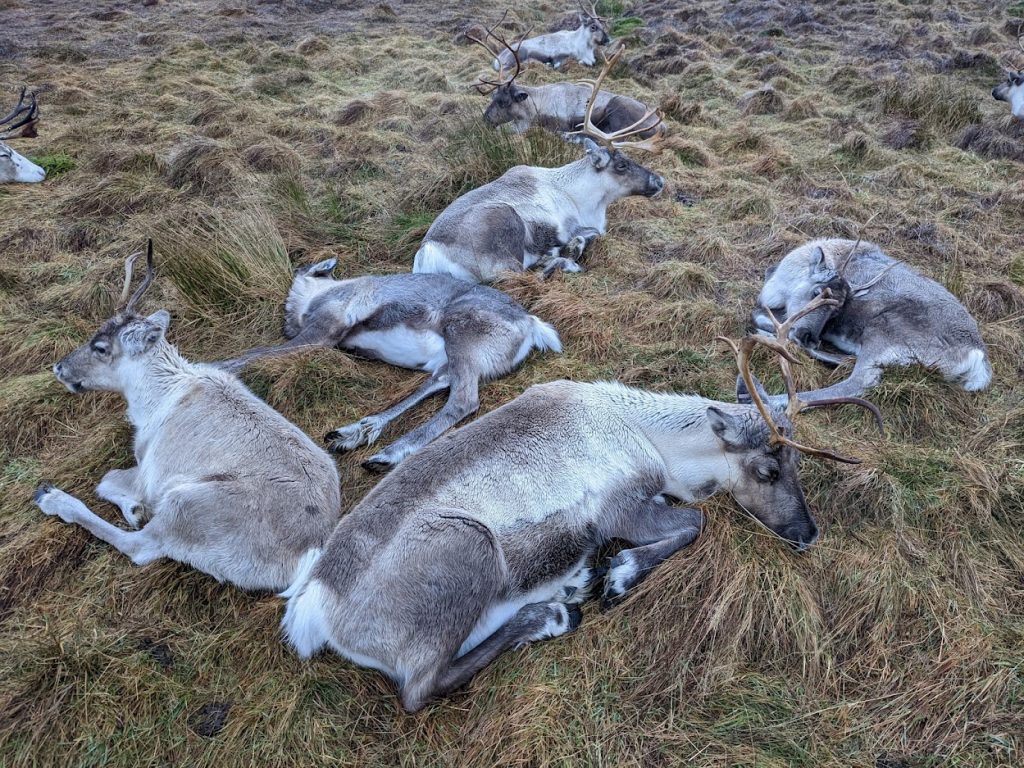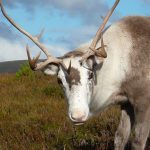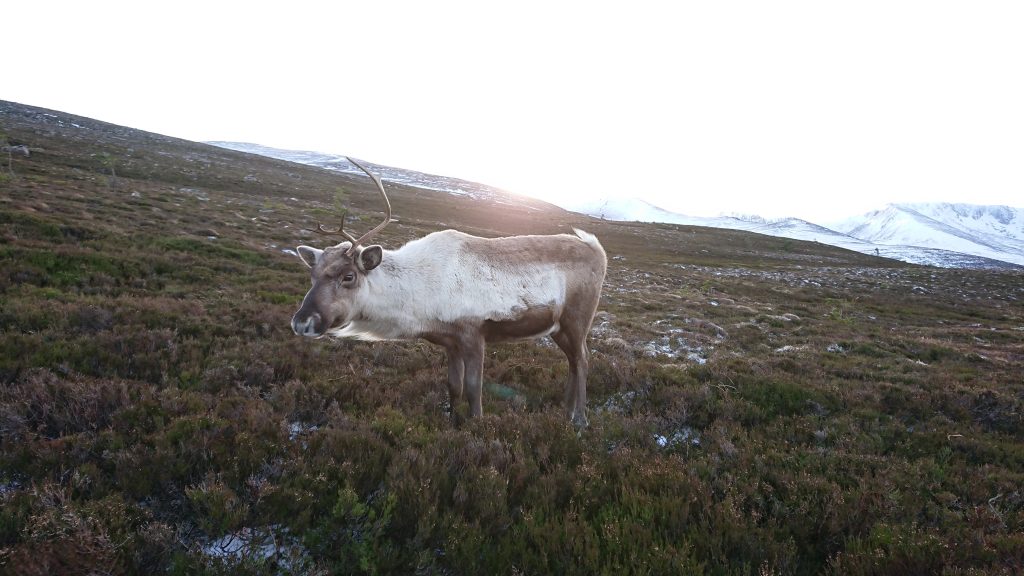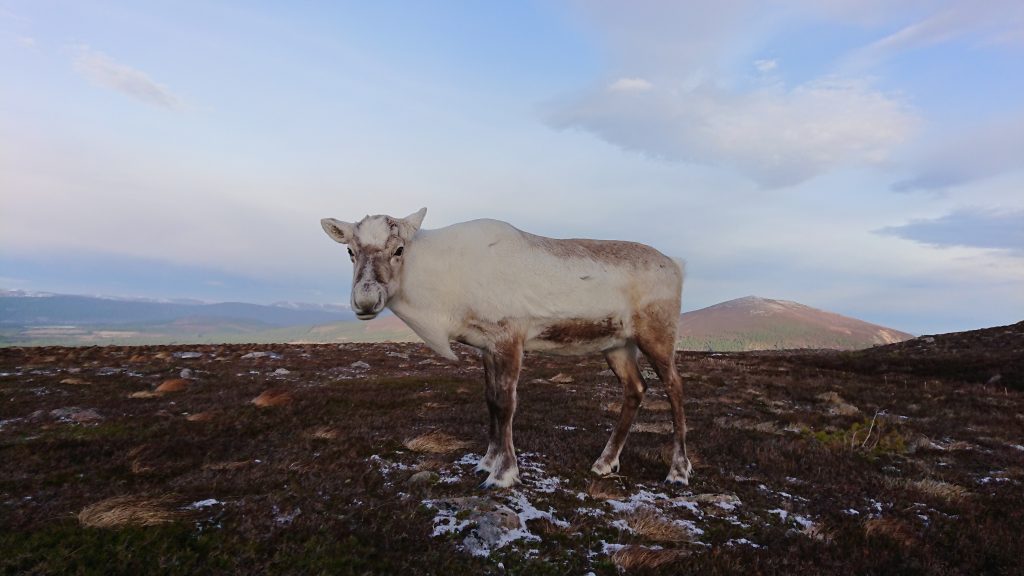In this week’s blog I will write about Texel, one of my favourite reindeer. Texel (pronounced Tessel) will turn 4 years old on the 17th of May. She is the daughter of Addax and Houdini, and in May 2022 had her first ever calf, a young male called 99.

Texel is easily recognisable with a face that is mostly white. She likely inherited this from her mother, Addax, who has a speckled face pattern. Texel’s son, 99, is also pretty unique as he is one of our three leucistic calves that were born last May, meaning that he has a white coat all over his body.
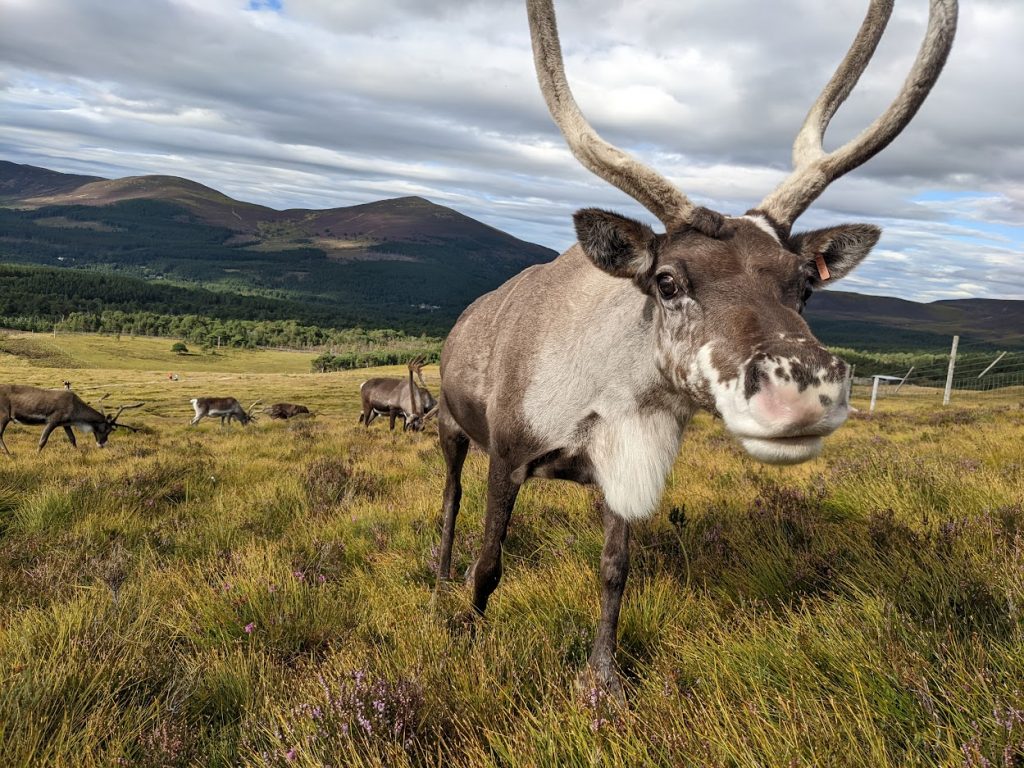



Texel was named in the 2019, in keeping with the naming theme of ‘European Place Names’. Following on from Brexit we decided to name the reindeer after beautiful places in beautiful Europe. We have names such as Vienna, Helsinki, and Athens who were named after the well-known European cities. So where did the name Texel come from?

Texel is the largest North Sea Island in the Netherlands, famous for its long sandy beaches and unique nature reserves. In fact, one third of the island is a protected nature reserve. It is a municipality located in the Northern Netherlands, with a population of 13,656 (as of January 2021). The name Texel is Frisian and because of historical sound-changes in Dutch the ‘x’ is replaced with a ‘s’ sound. You can read more about the island of Texel here: Texel – Wikipedia.

The name Texel was chosen in tribute to Jan Knippenberg, a former reindeer herder who first introduced Alan to hill running. Jan was an ultrarunner who – after reindeer herding – returned to the Netherlands and became a history teacher on the island of Texel, where he later, very sadly, died in 1995. More information on Jan can be read here: Jan Knippenberg – Wikipedia.



Ben












